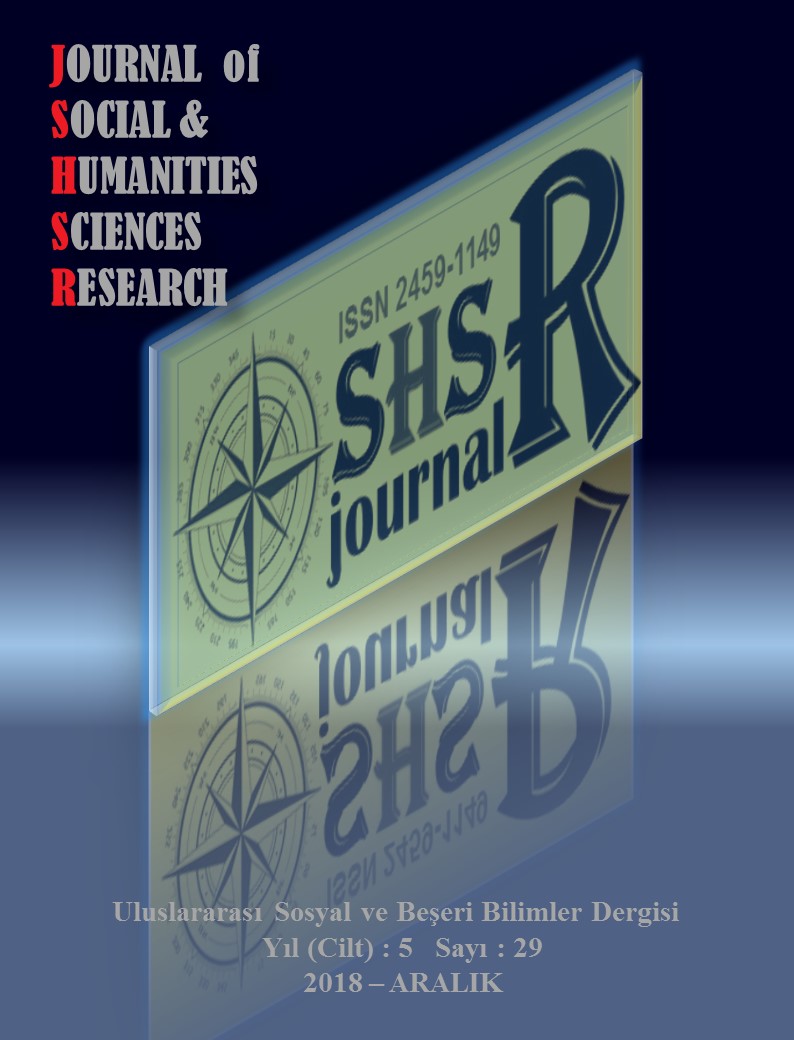A STUDY ON THE DETERMINATION OF FINANCIAL LITERACY LEVELS OF UNIVERSITY STUDENTS: BEYŞEHİR AA BUSİNESS FACULTY SAMPLE
DOI:
https://doi.org/10.26450/jshsr.765Keywords:
financial literacy, student, business education departmentAbstract
In recent days, with the increase in the variety of financial instruments and financial deepening, the impact of financial factors on economic growth and development has become more important. In order to be successful in financial markets and to use resources effectively, we need a financial literacy learned to the household. In this sense, the concept of financial literacy has started to be an important subject by researchers. In this sense, the concept of financial literacy has become an important topic for researchers. Financial literacy, expressed as the ability of individuals to achieve income and expenditure balances, to make savings, that is, to manage money; It is necessary to have sufficient knowledge about financial management. Thanks to financial literacy, individuals have the right information about financial instruments and make more sound financial decisions with the benefits of saving. A financial literate person is a person who can provide income-balance balance, prepare a budget, save for future and manage the debt. Since financial literacy has positive effects on individual financing, it also contributes to the balance of social finance.
The aim of this study is to determine the financial literacy level of the students who take business undergraduate education and to determine the effect of socio-demographic variables on financial literacy. In this context, a total of 76 questions, of which 10 are personal information form and 66 of which belong to financial literacy, were asked to 150 students who are studying business departmant in Beyşehir district of Konya province. The answers were analyzed in SPSS package program.
According to the results of the study, 62.7% of the participants learned the money spending method from their families and 16% of them learned from the school; 70.7% of them read the agreement on credit card use, and 49.3% did not make a monthly expenditure budget; It was found that 54% did not receive any professional finance assistance. In line with the answers of the students, the maximum (70% -75%) concepts of depreciation, advance, receipt, EFT, remittance and income tax; at least (30% - 35%) DASK, variable fund, real estate certificate, account statement, ratio, goodwill and default interest have been found to have a better knowledge about the concepts
Downloads
Published
How to Cite
Issue
Section
License
Copyright (c) 2018 INTERNATIONAL JOURNAL OF SOCIAL HUMANITIES SCIENCES RESEARCH

This work is licensed under a Creative Commons Attribution 4.0 International License.


